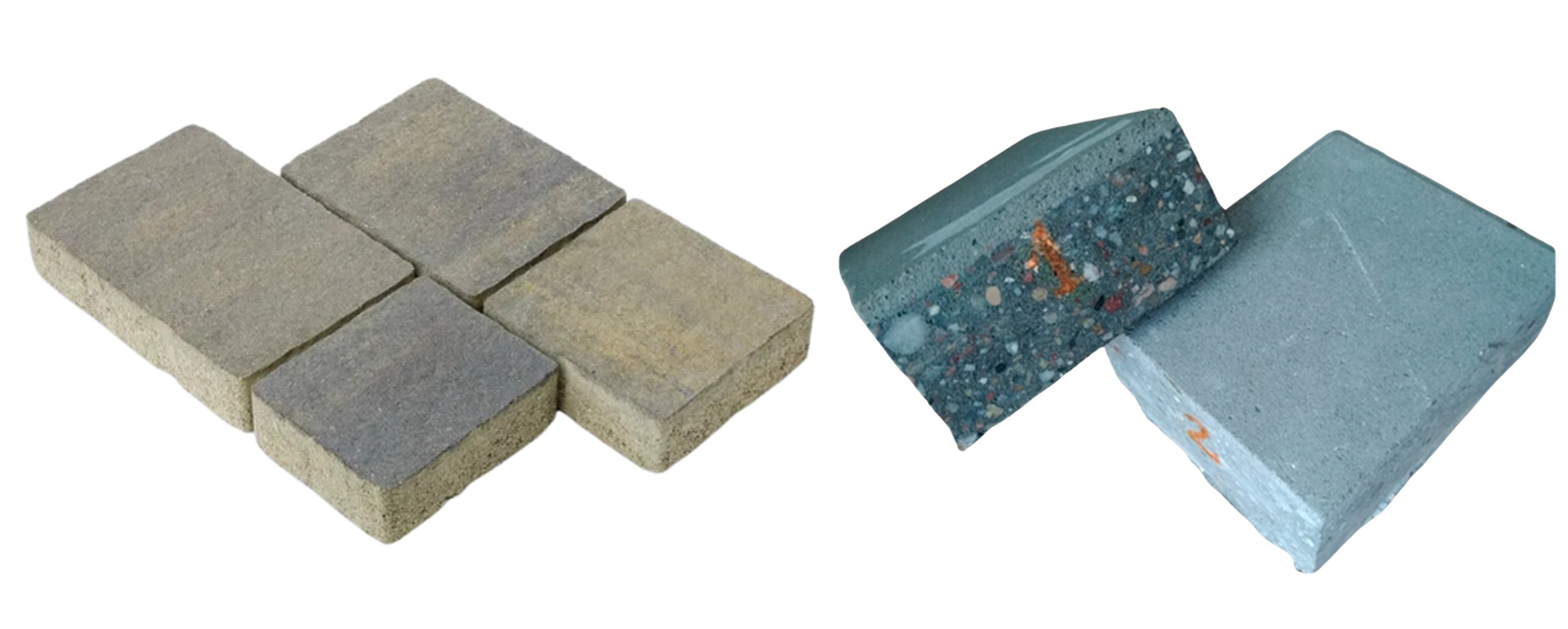
Palazzo Italia in Milan is an architectural landmark. It is a functional solution to urban pollution. Designed for Expo 2015, the building is clad in over 9,000 square meters of a photocatalytic concrete developed by Nemesi. Its unique structure, inspired by natural tree branches, is more than decorative: it’s designed to interact with sunlight and air, purifying the surrounding environment. This innovation highlights how materials science and engineering (MSE) can turn passive infrastructure into active environmental technology.

The core innovation lies in the concrete’s composition, which contains titanium dioxide (TiO₂), an advanced material with strong photocatalytic properties. When exposed to UV light, TiO₂ absorbs energy and excites electrons (e⁻), creating electron-hole pairs. These pairs interact with atmospheric oxygen and water vapor to produce reactive radicals:
TiO₂ + hν (UV) → e⁻ + h⁺
h⁺ + H₂O → •OH (hydroxyl radical)
e⁻ + O₂ → •O₂⁻ (superoxide anion)
These radicals then oxidise harmful pollutants, especially nitrogen oxides (NOₓ), turning them into harmless nitrates:
NO + •OH → HNO₂
NO₂ + •OH → HNO₃
The resulting acids bind to the concrete surface and are later washed away by rain, leaving no residue and requiring no external power. This is a direct application of surface catalysis and environmental materials design, transforming air-cleaning into a passive, scalable process.
Palazzo Italia shows how materials can be active agents of change in urban sustainability. Just 1,000 m² of this concrete can neutralize emissions from up to 80 cars per day. Imagine the impact if applied across the city! Honestly, it could be done everywhere. Probably schools, hospitals, apartments or bus stops are made with this stuff. Cities could clean themselves without needing giant machines or energy-hungry systems. Just smart materials doing quiet work. The team that made the cement is named Italcementi, and the project was initially designed for Expo 2015, but it stayed. And now it’s more than just a pavilion; it’s a message. Maybe buildings don’t have to be part of the problem anymore. Maybe they can be part of the solution.

Figure 2: Photocatalytic Concrete paving blocks
For students in STEM, this is an inspiring example of how MSE goes beyond the lab: by integrating chemistry, nanotechnology, and environmental engineering, we can create materials that not only build our world but also protect it. The future of cleaner cities may lie not in bigger machines, but in smarter materials.